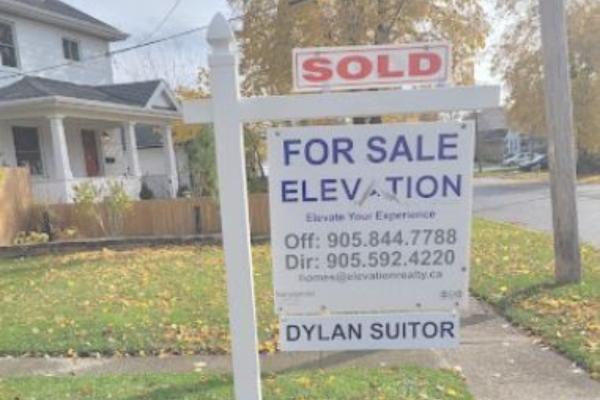See how much your home would sell for today. We will help you earn the most amount of money with the least amount of hassle. Discover Market Value
If you’ve ever wondered about the concept of a power of sale in real estate, you’re not alone. In this blog post, we’ll delve into the details of what a power of sale is and how it works in Canada’s real estate market.
First and foremost, it’s important to clarify that lenders have no interest in taking homes away from borrowers. Their primary goal is to ensure they receive repayment for the funds lent. Missing a mortgage payment does not instantly result in losing your home. Here’s a simplified overview of how the power of sale process unfolds:
1. Default. When a borrower defaults on their mortgage, it could be due to missed payments or failure to renew under the lender’s terms.
2. Notification. The lender sends a lawyer’s letter to the borrower, stating they are in default.
3. Response. The borrower has 21 days to respond and defend their position, even if they acknowledge being in default.
4. Resolution period. Over the next 60 days, the borrower has the opportunity to rectify the default by negotiating an extension or catching up on payments.
5. Legal action. After nearly three months, a lender may proceed with legal action if the default remains unresolved.
6. Property listing. In the event of legal action, the lender can list the property for sale through a power of sale.
When a property sells through a power of sale, several factors come into play:
- The sale price covers the outstanding loan balance (up to the original loan amount).
- Legal fees, property taxes, insurance, and other costs are deducted from the sale proceeds.
- The remaining funds, if any, are returned to the homeowner.
Properties listed as power of sale tend to attract investors looking for opportunities to buy below market value. However, this can reduce the pool of regular buyers and lead to lower sale prices.
While the power of sale should be a last resort, it’s essential to explore alternatives and seek expert advice if you’re facing financial difficulties. Our team can guide you through your options, protect your interests, and help you make informed decisions.
If you have questions or concerns about the power of sale process, don’t hesitate to call or email us. Your home and financial well-being matter, and we’re here to assist you every step of the way.












